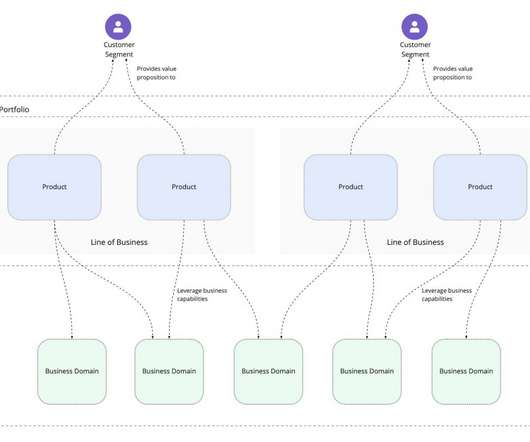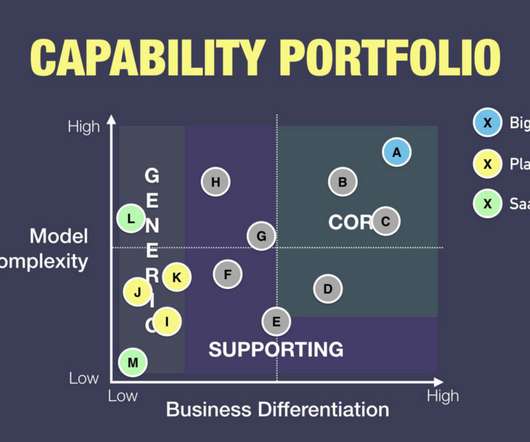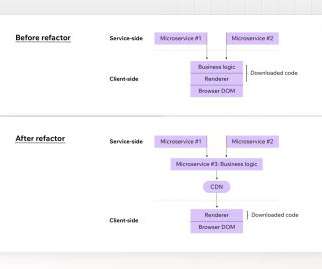How architecture evolves into strategy
O'Reilly Software
OCTOBER 23, 2018
A look at the roles of architect and strategist, and how they help develop successful technology strategies for business. I should start by saying this section does not offer a treatise on how to do architecture. Likewise, the term "architect" didn't enter popular usage to describe a role in the software field until the late 1990s.

















Let's personalize your content